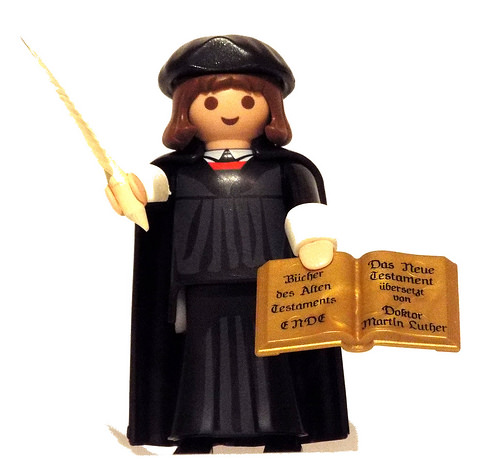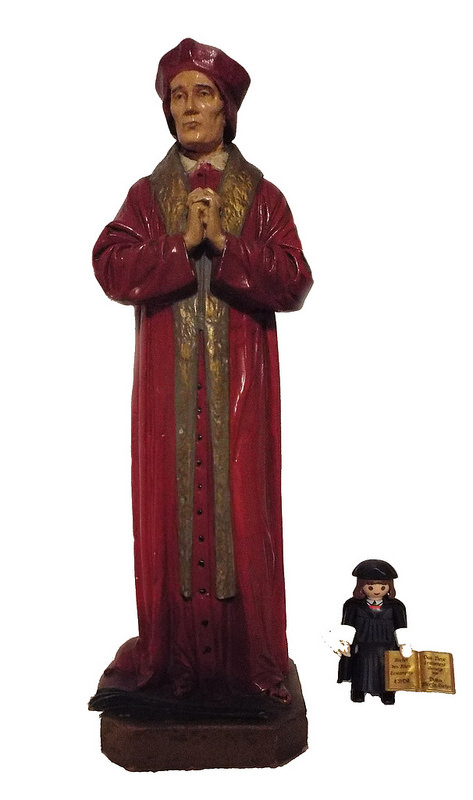The Christian Heritage Centre at Stonyhurst aims to make the Stonyhurst Collections more accessible and to offer Christian leadership formation, education, and retreats in the tradition of Stonyhurst College. The Stonyhurst Collection is the oldest surviving museum collection in the English speaking world. It includes cultural treasures from the Catholic culture that were rescued from the reformation as well as object gathered by Jesuits on missionary and teaching work throughout the world.
A Stonyhurst Museum was established in 1884, but it was dismantled in the 1970s and the collection put in storage. The Stonyhurst Christian Heritage Centre Trust now wishes to house this incomparable collection in a suitable manner. It "is seeking to rectify the anomaly by which a collection of global weight and calibre has for too long remained virtually unknown."
Just by way of example, the collection includes a First Folio of Shakespeare, the Book of Hours of Mary, Queen of Scots, and a reliquary containing the rope that bound St Edmund Campion to the hurdle at the time of his execution. (right)
In addition to being a museum in its own right, the Christian Heritage Centre aims to provide a study, retreat and leadership centre with accommodation for guests. To this end, it will be renovating the Old Mill Building for which it will pay an annual rent of one loaf of bread and six altar candles. The building will henceforth be known as Theodore House. This is a fitting dedication. As one of the students noted in his introduction to St Theodore at the blessing of the building on Monday:
"He was 67 by the time he arrived in England. From this time until his death on the 19th of September 690 aged 88 and wonderfully described by St Bede as ‘being old and full of days’ he served as one of the most exceptional leaders in the history of the Christian Church in England."In the middle of the photograph of the procession below, you can see Lord Alton the Chairman of the CHC Trustees. The students leading the procession with banners are members of the thriving Sodality of the college.
Here is a photo from the beautiful chapel of the Sodality, taken when I was celebrating Mass there a few years ago.
Independent Catholic News reported yesterday on the blessing of the foundations of the new Theodore House and there is an article at the Catholic Herald today.
Readers in the USA will be interested to read of the links between Stonyhurst and America.

















